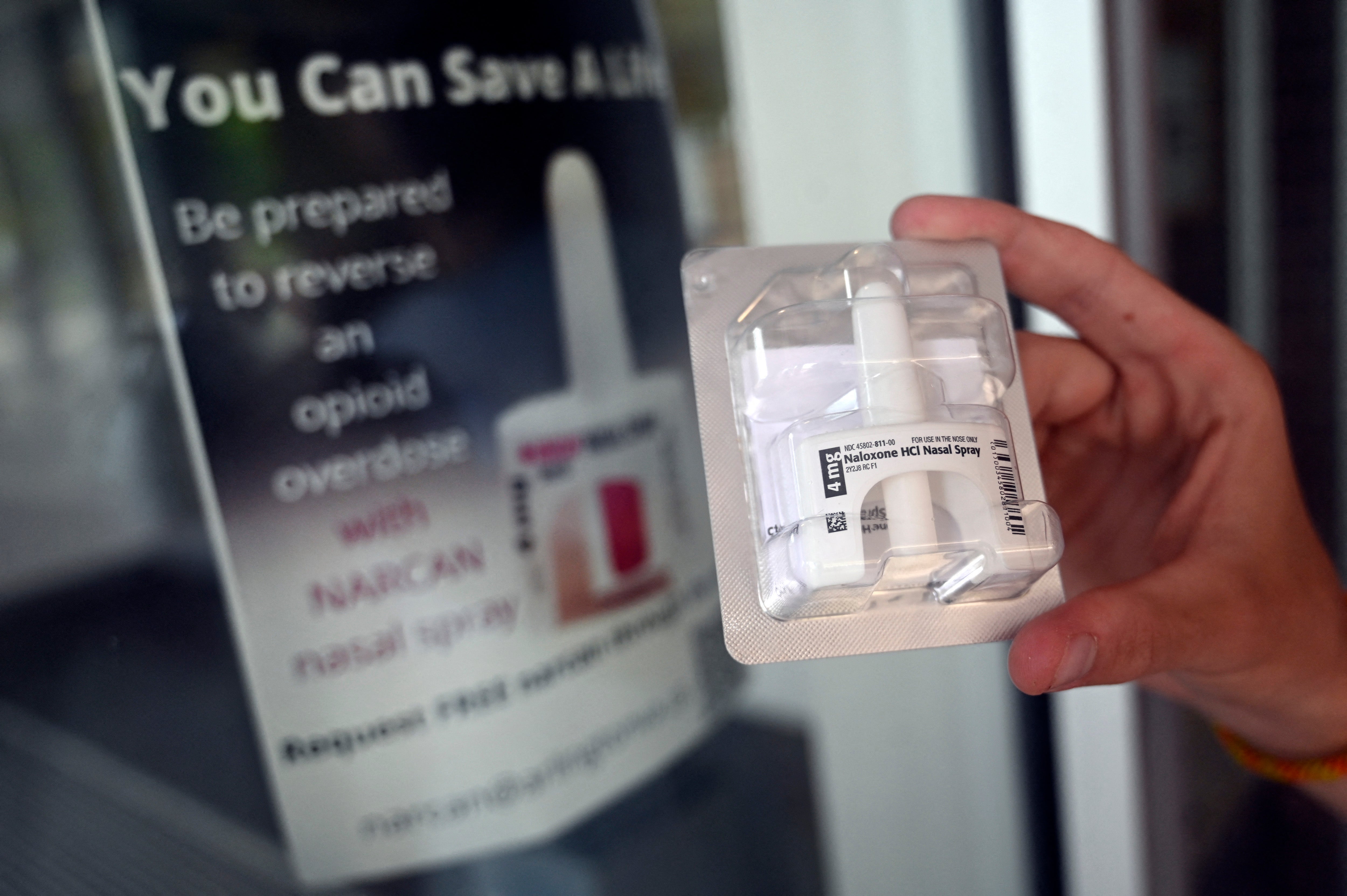Fatal drug overdoses among young Americans have declined significantly for the first time in a decade, according to newly released federal data – a rare moment in the ongoing fentanyl crisis.
The number of drug-related deaths among people under 35 dropped from more than 31,000 in 2021 to approximately 16,690 in 2024 — a decrease of nearly 47 percent, the Centers for Disease Control and Prevention (CDC) recently reported.
“What we’re seeing is a massive reduction in [fatal] overdose risk, among Gen Z in particular,” Nabarun Dasgupta, an addiction researcher at the University of North Carolina, told NPR. “Ages 20 to 29 lowered the risk by 47 percent, cut it right in half.”
It’s a turning point after years of rising fatalities driven by fentanyl, a powerful synthetic opioid that began flooding U.S. markets around 2014 when Mexican drug cartels began smuggling large quantities. The fentanyl was often disguised as prescription opioids such as OxyContin and Percocet.

Since then, more than 230,000 people under the age of 35 have died from drug overdoses in the U.S., it was reported. But now there’s been a shift that is saving lives.
It’s a glimmer of hope for many who have been affected by the epidemic, including Jon Epstein, who lost his son Cal to a fentanyl overdose in 2020.
“What has happened with the 20 to 29-year-olds? They beat fentanyl,” Epstein told NPR.
Epstein’s son was 18 when he took a fatal dose of what he believed to be a opioid pill he bought on social media. It turned out to be counterfeit and laced with fentanyl.
Epstein now works with the advocacy group Song for Charlie.
In Philadelphia’s Kensington neighborhood, Justin Carlyle, 23, has survived three overdoses. Carlyle told NPR that he began using cocaine at a young age.
“I use fentanyl, cocaine, crack cocaine, yeah, all of it. I was real young. I was 13 or 14 when I tried cocaine, crack cocaine, for the first time.”
“I’ve had three overdoses, and two of the times I was definitely Narcaned,” he said, adding that he has tried to quit.

Experts attribute the drop to a combination of possible factors, including a wider availability of Narcan, increased awareness campaigns, behavioral shifts in drug use, and less potent fentanyl in the illicit drug supply.
“This trend in the reduction of substance use among teenagers is unprecedented,” said Dr. Nora Volkow, director of the National Institute on Drug Abuse. She cited University of Michigan data that shows teenage abstinence from drugs and alcohol reached record highs in 2024.
But experts warn the crisis is far from over. They say sustaining this decline will require continued investment, outreach, and education.
There’s also a question of future funding as the Trump administration has proposed major cuts to science and health agencies, including programs supporting mental health, substance use treatment, and harm reduction efforts.


